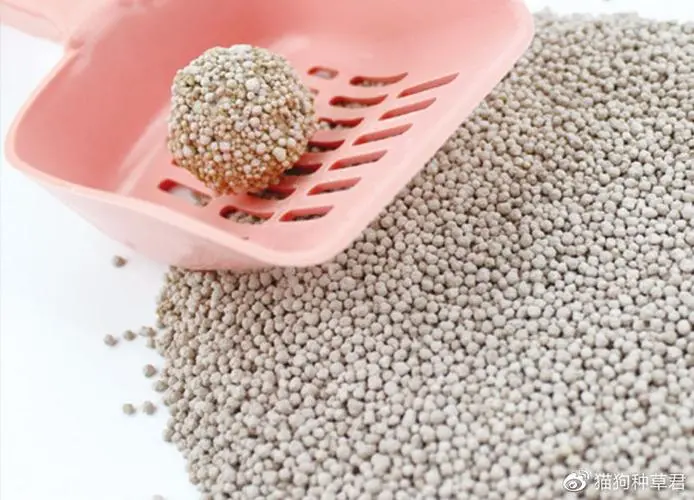
purple mica and lepidolite
The Allure of Purple Mica and Lepidolite
Purple mica, often associated with various forms of muscovite, is a fascinating mineral that captures the attention of gem enthusiasts and geologists alike. This mineral is noted for its vibrant purple hues, which can range from soft lavender to deep violet. Its captivating colors are often the result of trace amounts of iron, titanium, and other transition metals within its crystalline structure. Mica is a silicate mineral renowned for its perfect cleavage and remarkable electrical insulating properties, making it a popular choice in the electronics industry.
On the other hand, lepidolite is a member of the mica group, distinguished by its lilac to purple color, which primarily comes from the presence of lithium. This mineral is often found in pegmatitic environments alongside other valuable minerals such as tourmaline and beryl. Lepidolite is not only admired for its striking appearance but also for its unique healing properties. It is often referred to as the peace stone and is believed to help alleviate anxiety and promote emotional balance.
The pairing of purple mica and lepidolite is particularly interesting from both a geological and metaphysical perspective. When found together in geological formations, they showcase the incredible diversity of minerals formed under specific conditions of temperature and pressure. As a result, collectors often seek out specimens where these minerals co-occur, as they can create stunning visual contrasts that highlight their individual characteristics.
purple mica and lepidolite

From a metaphysical standpoint, the combination of purple mica and lepidolite is thought to enhance the benefits of both minerals. Purple mica’s grounding properties may assist in stabilizing the emotional energies released by lepidolite, creating a harmonious balance. This synergistic effect is celebrated within various crystal healing practices, where practitioners often recommend these minerals for meditation and stress relief.
In addition to their aesthetic and metaphysical properties, both purple mica and lepidolite possess significant industrial value. Mica is extensively used in the production of paints, cosmetics, and insulation materials due to its reflective qualities and resilience. Lepidolite, with its lithium content, is gaining attention in the battery manufacturing sector, especially with the growth of electric vehicle production.
In conclusion, purple mica and lepidolite are remarkable minerals that illustrate the beauty and complexity of natural geology. Their vibrant colors and multifaceted applications make them invaluable to collectors, healers, and industries alike. As interest in sustainable materials rises, both minerals are likely to continue capturing the imagination of those who appreciate their unique attributes and the stories they tell about the Earth’s geological history. Whether you are drawn to their visual appeal or their supposed healing properties, purple mica and lepidolite undeniably add a touch of elegance and intrigue to the world of minerals.
Share
-
Premium Glass Sand Solutions | High Purity SupplyNewsAug.03,2025
-
Premium Talcum Powder Enhanced with GPT-4 Turbo | Soft & Long-LastingNewsAug.02,2025
-
Fly Ash Solutions Enhanced by GPT-4 Turbo | Sustainable InnovationNewsAug.01,2025
-
Natural Premium Bentonite Cat Litter - Superior ClumpingNewsJul.31,2025
-
Premium Resin Coated Sand - High Heat Resistance CastingNewsJul.31,2025
-
High Quality Silicon Carbide Grit for Abrasive ApplicationsNewsJul.30,2025






